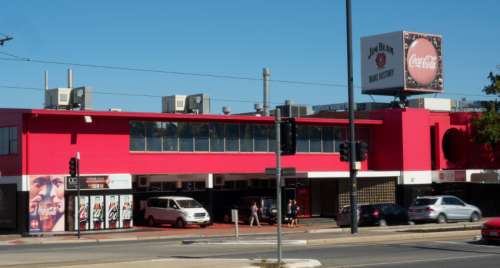There is always plenty of research, policy proposals and housing news, and too few hours to digest it all. Over the last month three particular pieces are worth your time and effort. In this issue we focus on two of those. The May issue will feature the third – Shaping Housing Futures.
On 25 February, an audience at Sydney Museum heard Professor Duncan Maclennan presented the findings from ‘Strengthening Economic Cases for Housing Policy.’ It was commissioned from UNSW, City Futures by a 17 strong consortium led by CHIA NSW and including organisations from the private, government and not for profit sectors. The research subjected selected housing economy effects (identified in an earlier ‘Stage 1’ study to econometric modelling). The project also involved the expertise of SGS Economics & Planning and Cadence Economics.
In essence, the project involved comparing the productivity gains from locating housing near to jobs and services by modeling outcomes for both well and poorly located neighbourhoods in Sydney. The results are startling. In summary:
- Individual workers could save the equivalent of $2,500 per year in travel time through shorter commute times, and with half the saved time used for working, this would lead to extra $1.13 billion of labour supply for the growing NSW economy;
- Moving workers closer to a wider range of jobs will see their skills better used and their incomes increased by between $12,000 to $41,000 more a year (depending on their qualifications) by locating to neighbourhoods with job densities;
- These increased earnings should lead to a $17.57 billion boost to the economy over 40 years.
- Even after factoring in the $7.8 billion it will cost to invest in 125,000 affordable rented homes over 10 years, the economy would still be around $12 billion better off.
Those of us working in the sector have long argued that safe, secure and affordable homes make a substantial difference to people’s life chances and overall wellbeing. What this work shows is that by failing to properly invest in affordable housing, we are throwing away potentially billions in lost income.
There is more work to be done on other economic effects. While we could estimate the ‘excess rental burden’ of lower income households paying more than 30% of their income on housing costs, we could not model what this means for savings and expenditure elsewhere in the economy. A stage 3 beckons.
A few days later, UNSW City Futures published a report estimating the costs of delivering new social and affordable housing to meet needs (across Australia) over the next 20 years. It builds on the AHURI research ‘Social Housing as Infrastructure: An Investment Pathway’ to extend that methodology to estimate the need for affordable rental housing from households in the second income quintile who are in housing stress.
Again the numbers appear startling. The one million homes that are needed attracted some comment. Of that, almost two thirds are required to play catch up i.e. to meet existing need, and is a consequence of failure to invest in the past.
The cost to government of meeting needs is modelled in the report based on a number of funding scenarios. What stands out, is how land influences the development costs in many metro areas and thus how valuable government land contributions or inclusionary zoning can be. The report can be accessed here.
Together, these two reports set out the scale of the social and affordable housing shortfall, what an affordable housing program could cost, but also the positive impact government investment could realise in achieving wider economic gains.
– Wendy Hayhurst, CEO of CHIA National












